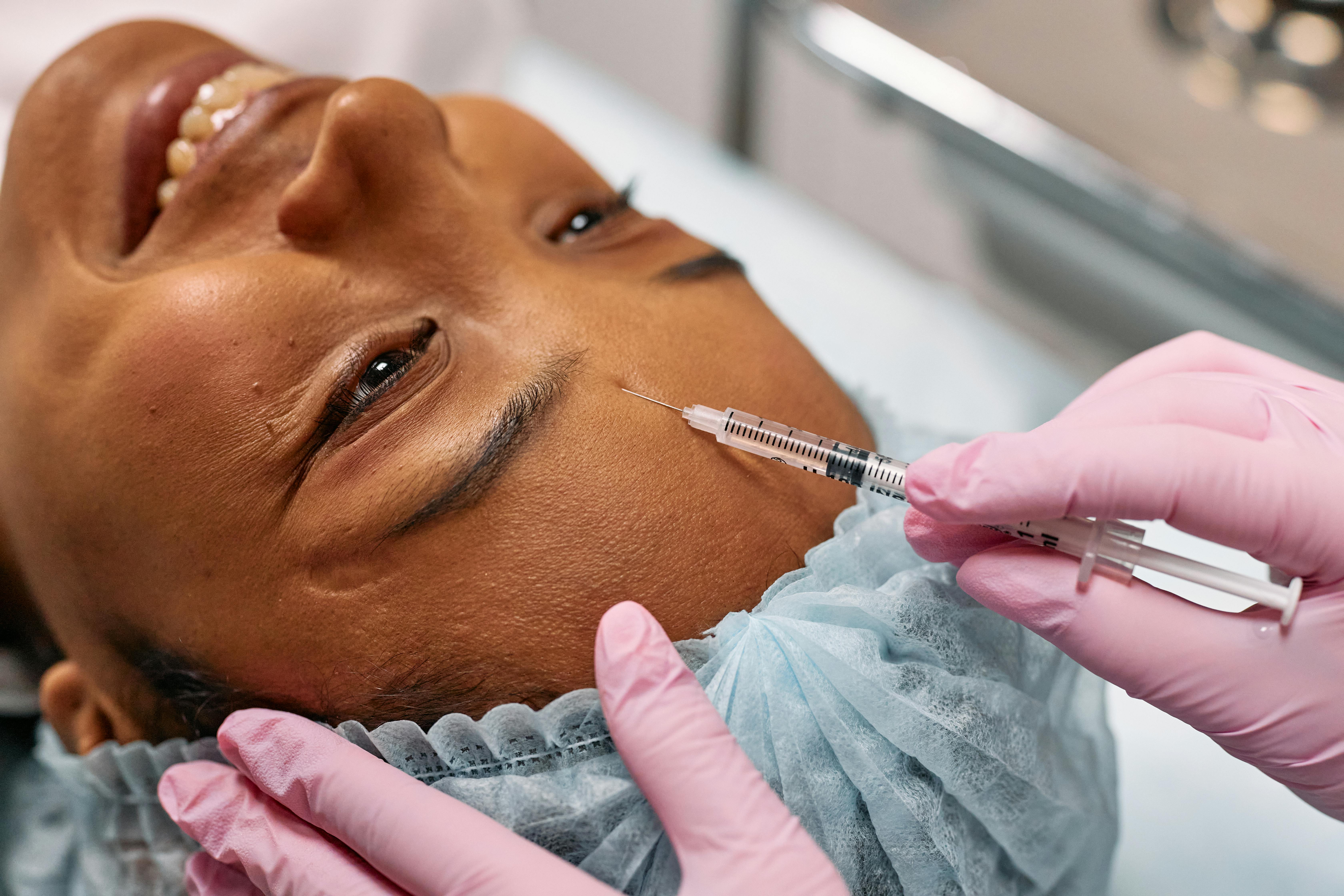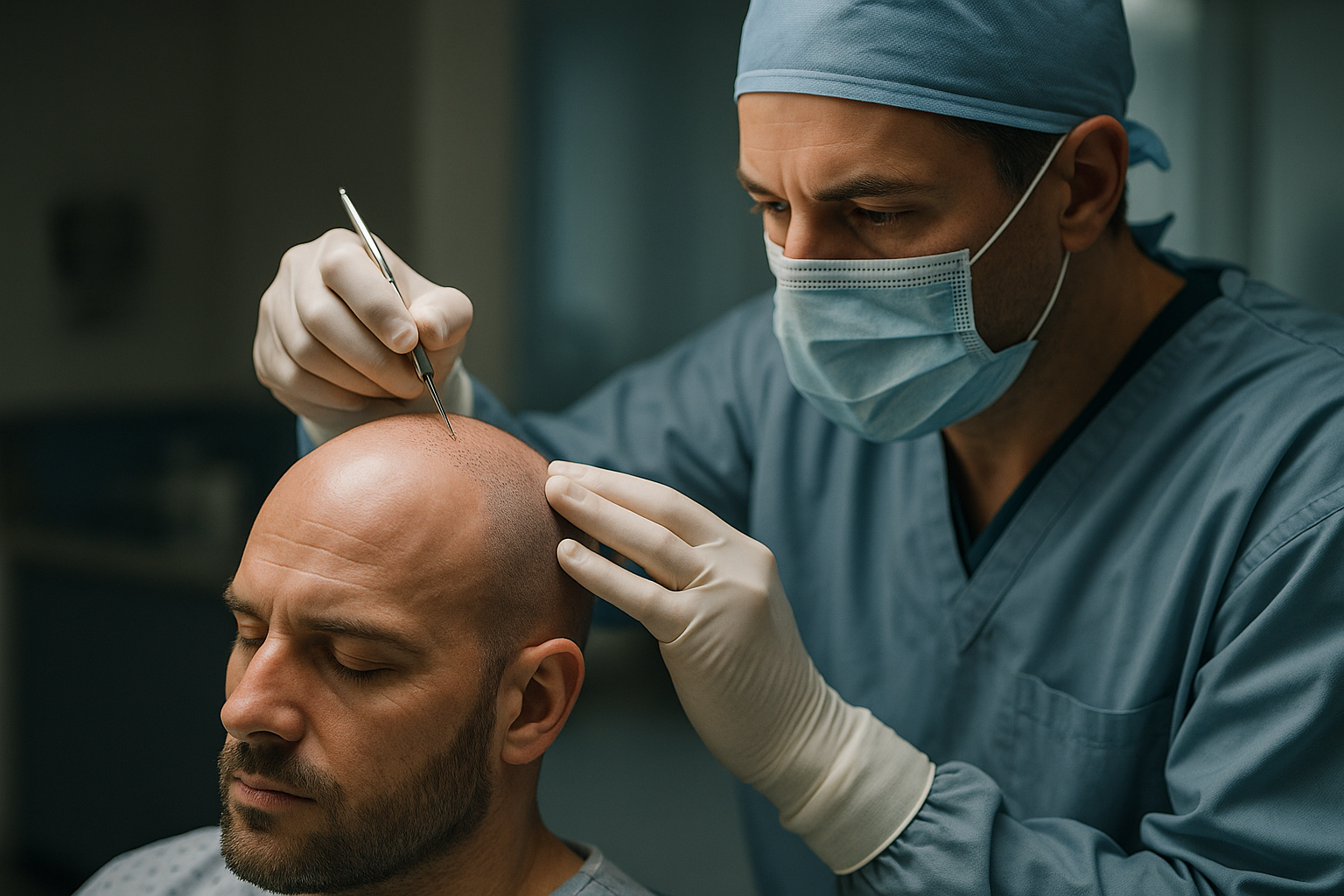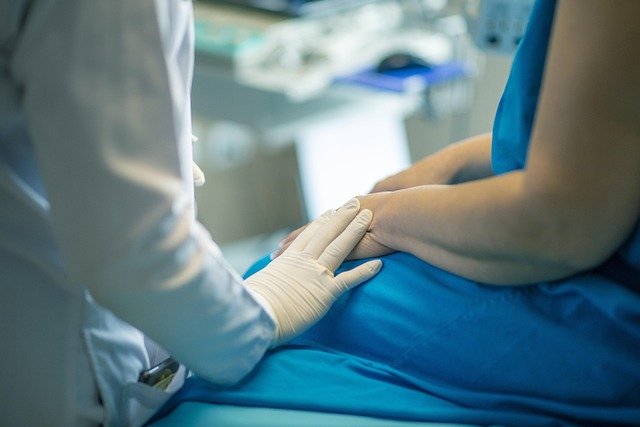Transform Your Skin with New Lasers for Skin Rejuvenation
The skin is often described as a reflective canvas of one's overall health and well-being. With the advancement of laser skin treatments, rejuvenating and transforming skin has never been more accessible. These innovative therapies can address various skin concerns, from wrinkles and fine lines to acne scars and pigmentation issues. Knowing the options available can help make informed decisions about the best treatment for individual skin types and conditions.

Understanding Laser Treatments for Skin Revitalization
Laser skin treatments use concentrated beams of light that target specific skin concerns with precision. These treatments work on the principle of selective photothermolysis, where light energy is converted to heat that affects targeted tissue while leaving surrounding skin undamaged. Different wavelengths and laser types address specific concerns: ablative lasers remove outer layers of skin to stimulate new growth, while non-ablative lasers work beneath the surface to boost collagen production without damaging the epidermis.
Modern laser technologies include fractional lasers, which treat only fractions of skin at a time for faster healing; intense pulsed light (IPL), which isn’t technically a laser but uses broad-spectrum light for pigmentation issues; and picosecond lasers, which deliver energy in ultra-short pulses for minimal thermal damage. Each technology offers specific benefits depending on your skin concerns, desired results, and recovery time preferences.
Benefits of Laser Skin Treatments
Laser treatments offer numerous advantages over traditional skin rejuvenation methods. Perhaps most notably, they stimulate natural collagen production, the protein responsible for skin’s firmness and elasticity. As we age, collagen production decreases, but laser energy can trigger new development, resulting in firmer, more youthful-looking skin over time. This improvement continues even after treatment as collagen rebuilds.
Beyond collagen stimulation, lasers excel at addressing multiple concerns simultaneously. A single treatment can reduce fine lines, even skin tone, minimize pores, and improve texture. Unlike topical products that work superficially, lasers create changes at deeper skin levels for more transformative results. Additionally, modern treatments offer improved precision, allowing practitioners to customize parameters based on individual skin concerns, sensitivity, and type—making treatments more effective and comfortable than ever before.
Preparation for Laser Treatment
Proper preparation is crucial for optimal laser treatment results and minimizing potential side effects. Most providers recommend avoiding sun exposure for 2-4 weeks before treatment, as tanned skin increases the risk of complications. You should also discontinue retinoids, glycolic acids, and other potentially irritating skincare products at least one week before your appointment to reduce sensitivity.
At your consultation, be forthcoming about your medical history, including any medications you’re taking, history of cold sores (which lasers can trigger), and previous skin treatments. Your provider may prescribe prophylactic antiviral medications if you’re prone to cold sores. Additionally, plan your treatment timing strategically—avoid scheduling important events immediately after your session, as some redness, swelling, or peeling is normal during the recovery phase.
Different Types of Laser Technologies and Their Applications
The field of laser skin rejuvenation has expanded significantly with various technologies designed for specific concerns. Carbon dioxide (CO2) lasers, considered the gold standard for deeper wrinkles and significant textural issues, deliver excellent results but require more downtime. Erbium lasers offer similar benefits with somewhat reduced recovery time. For those seeking minimal downtime options, non-ablative fractional lasers like Fraxel provide gradual improvement through a series of treatments.
Newer technologies continue to emerge, including hybrid fractional lasers that combine ablative and non-ablative energies in a single treatment. For pigmentation concerns, Q-switched and picosecond lasers break down melanin without damaging surrounding tissue. Radio-frequency microneedling combined with laser energy represents another innovation, delivering heat deeper into the skin while minimizing surface disruption.
Cost Comparison of Leading Laser Skin Treatments
Laser treatment costs vary widely based on technology type, treatment area size, provider expertise, geographic location, and number of sessions required. Understanding these variations can help set realistic budget expectations.
| Laser Type | Common Uses | Average Cost Per Session | Sessions Typically Needed |
|---|---|---|---|
| Fractional CO2 | Deep wrinkles, severe scarring | $1,500-$3,000 | 1-2 |
| Fraxel Dual | Moderate wrinkles, sun damage | $800-$1,800 | 3-5 |
| Clear + Brilliant | Mild aging, prevention | $300-$700 | 4-6 |
| IPL/Photofacial | Pigmentation, redness | $400-$600 | 3-5 |
| Picosecond Lasers | Tattoos, pigmentation | $500-$1,000 | 3-8 |
| Erbium Laser | Moderate wrinkles, resurfacing | $1,200-$2,500 | 1-2 |
Prices, rates, or cost estimates mentioned in this article are based on the latest available information but may change over time. Independent research is advised before making financial decisions.
Recovery and Post-Treatment Care
Successful recovery from laser treatment requires diligent aftercare. Immediately following treatment, expect varying degrees of redness, swelling, and sometimes a sensation similar to sunburn. Most providers recommend gentle cleansing with lukewarm water and mild, non-irritating cleansers. Moisturization becomes crucial as skin heals—your provider may recommend specific products to support recovery and enhance results.
Sun protection is non-negotiable after laser treatments, as newly treated skin is extremely susceptible to damage. Use broad-spectrum SPF 30+ sunscreen daily, even when indoors near windows. Depending on the treatment intensity, you may experience peeling or flaking as damaged skin cells shed—resist the urge to pick or scrub these areas. Follow your provider’s timeline for reintroducing active skincare ingredients like retinoids, which typically ranges from 1-4 weeks post-treatment.
Conclusion
Laser skin rejuvenation offers transformative possibilities for addressing a wide range of skin concerns with increasingly comfortable treatments and reduced downtime. From targeting specific issues like pigmentation and scarring to comprehensive anti-aging benefits through collagen stimulation, these technologies continue to evolve with improved precision and customization options. While cost considerations and recovery time vary by treatment type, many find the lasting results well worth the investment. With proper preparation, professional guidance, and diligent aftercare, laser treatments can significantly improve skin quality and appearance for years to come.
This article is for informational purposes only and should not be considered medical advice. Please consult a qualified healthcare professional for personalized guidance and treatment.




